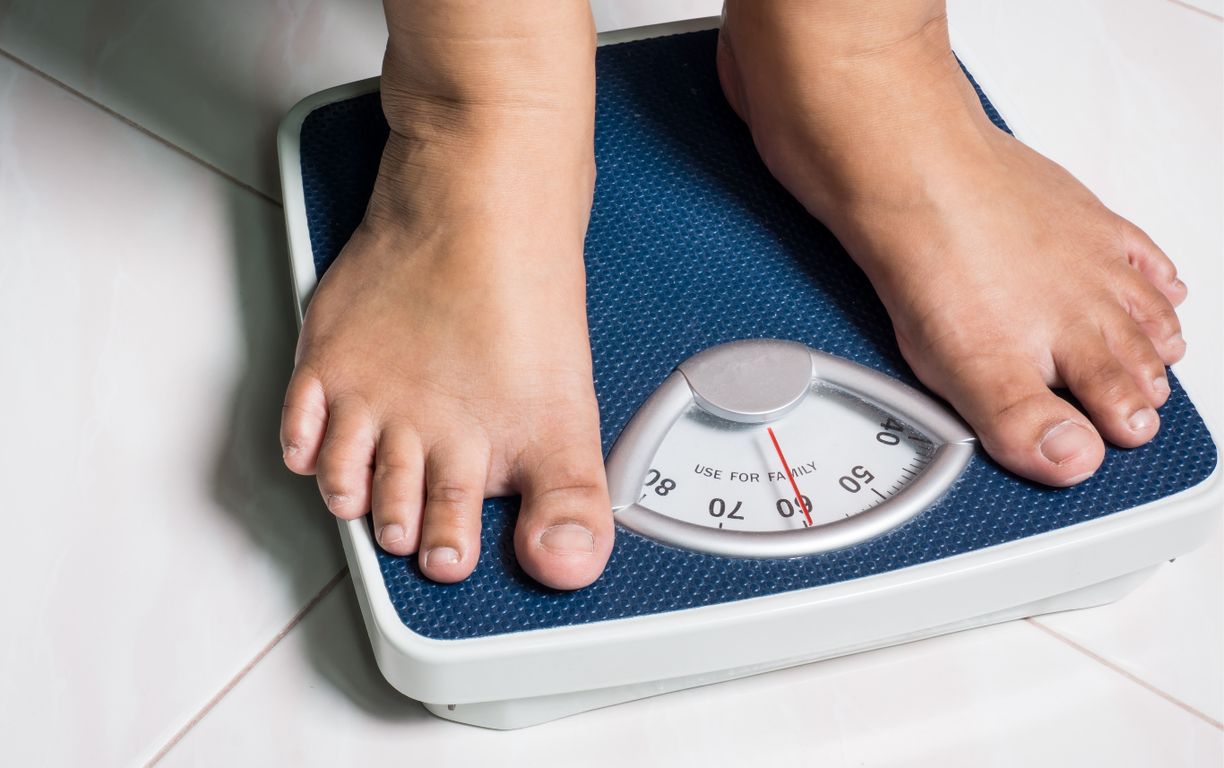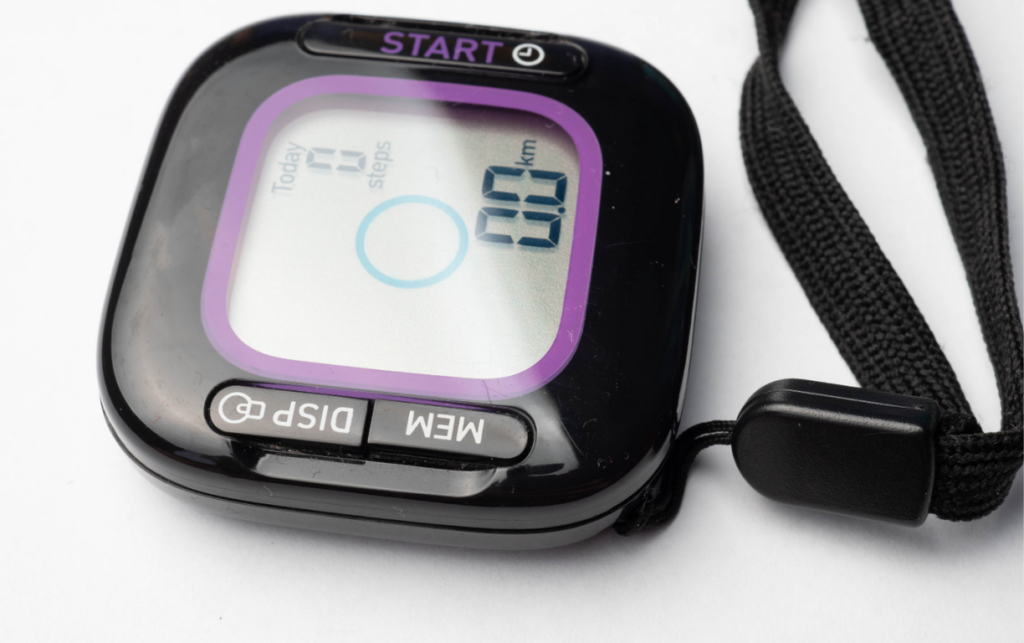Physical Address
304 North Cardinal St.
Dorchester Center, MA 02124
Physical Address
304 North Cardinal St.
Dorchester Center, MA 02124

If you’re looking to shed some pounds, you might be surprised to learn that simply counting your steps can make a big difference. Walking is one of the easiest ways to boost your daily activity and support your weight loss journey. But how many steps should you aim for each day to see real results?
Many experts suggest a target of 10,000 steps, but the truth is it can vary based on your individual
If you’re looking to shed some pounds, you might be surprised to learn that simply counting your steps can make a big difference. Walking is one of the easiest ways to boost your daily activity and support your weight loss journey. But how many steps should you aim for each day to see real results?
Many experts suggest a target of 10,000 steps, but the truth is it can vary based on your individual goals and fitness level. Incorporating more movement throughout your day not only helps burn calories but also enhances your overall health. So lace up those sneakers and get ready to discover the perfect step count that’ll help you reach your weight loss goals.

To effectively lose weight, a commonly recommended goal is to aim for 10,000 steps per day. This number serves as a practical benchmark that supports increased physical activity and calorie burning. However, the ideal step count can differ based on your individual goals fitness level and lifestyle.
Your weight loss journey begins with an understanding of your caloric needs. On average one mile of walking burns approximately 100 calories. By knowing how many calories you need to create a deficit for weight loss, you can adjust your step count accordingly.
| Activity | Calories Burned per Mile |
|---|---|
| Walking | 100 |
| Jogging | 150 |
| Running | 200 |
Several factors can influence how many steps you should target each day. Consider the following:
To tailor a step count that fits your needs consider these strategies:
As you work towards your step goals keep track of your daily averages. Adjustments can help if you are not seeing weight loss as expected. Remember consistency is key; regular walking combined with healthy eating habits promotes long-term success.
Ultimately the number of steps you should take varies from person to person. It’s essential to listen to your body and find a balance that works for you. Aim for a step goal that feels challenging yet achievable to maintain motivation and continue making progress on your weight loss journey.

Weight loss is a combination of burning more calories than you consume. Physical activity significantly contributes to creating this caloric deficit, and understanding how to incorporate movement effectively can enhance your weight loss journey.
Physical activity plays a crucial role in weight loss as it helps you burn calories. It includes all forms of movement, from structured exercise to daily activities. Implementing regular physical activity can help you boost your metabolism and maintain muscle mass while losing weight. This is important for sustaining long-term weight loss results. Aim to integrate various activities such as walking, running, swimming, or cycling into your routine. Additionally, resistance training can improve muscle strength and aid in fat loss by increasing your resting metabolic rate.
Walking serves as an accessible and effective way to increase your daily activity, making it a popular choice for weight loss. When you walk, you activate multiple muscle groups, benefiting cardiovascular health and promoting overall fitness. With every mile, you can burn approximately 100 calories, making it easier to reach your weight loss goals. The average target of 10,000 steps per day acts as a great benchmark. However, personalizing your step count based on your fitness level and weight loss objectives is essential. Consider incorporating walking into your daily routine by taking the stairs, parking further away, or scheduling regular walking breaks. By making walking a priority, you foster a sustainable approach to weight loss that benefits both your body and mind.
Setting a daily step goal is essential for weight loss success. A clear target helps you stay motivated and accountable in your journey toward a healthier lifestyle.
Aiming for 10,000 steps per day is a widely recommended target for weight loss. This benchmark serves as a foundation for increased physical activity, ultimately aiding in burning more calories. You may begin with a lower count if you’re just starting out, gradually increasing your steps as your fitness level improves. Remember that approximately one mile of walking burns about 100 calories, so by reaching or exceeding this step count, you can significantly contribute to creating a caloric deficit necessary for weight loss.
Several factors can influence your ideal step count for weight loss, including:
| Factor | Description |
|---|---|
| Current Activity Level | Your existing fitness habits; starting from a higher base may require fewer additional steps. |
| Weight Loss Goals | The amount of weight you want to lose can impact how many steps you need to take. |
| Fitness Level | Your overall wellness and stamina; beginner levels may start at a lower step count. |
| Daily Routine | Your occupation and lifestyle determine how much natural movement you incorporate. |
| Age | As you age, your activity needs and abilities may shift, impacting your step count. |
By considering these factors and customizing your daily step goal, you can create a sustainable plan tailored to your individual needs for effective weight loss.
Integrating walking into your daily routine is an effective way to boost your step count and enhance weight loss. By making small adjustments to your day, you can easily increase your physical activity.
Start by setting a specific time each day for your walking sessions. This could be in the morning before work or during your lunch break. Consistency is key to forming a habit. Aim for at least 30 minutes of walking daily, gradually increasing the duration as your fitness improves. Consider walking with a friend or family member to make it more enjoyable and hold each other accountable. Remember to choose routes you enjoy to keep you motivated and engaged.
By following these tips and establishing a consistent walking routine, you can effortlessly increase your daily steps and work towards your weight loss goals effectively.

Monitoring your daily steps is essential for staying motivated and ensuring you are on track with your weight loss journey. By keeping an accurate record of your activity, you can make necessary adjustments to reach your goals effectively.
Utilize various tools and apps to simplify step tracking. Smartphones and fitness trackers like Fitbit or Apple Watch automatically count your steps and provide detailed insights into your activity levels. Here are some popular options:
| Tool/App | Features |
|---|---|
| Fitbit | Real-time tracking sleep analysis and heart rate |
| Apple Health | Integration with other apps and health data |
| Google Fit | Activity tracking and workout recording |
| MyFitnessPal | Step tracking along with food intake monitoring |
| Strava | Community features and activity sharing |
Choose the tool that fits your needs and preferences. Many offer notifications and reminders to encourage you to stay active throughout the day.
Establishing realistic and achievable goals is crucial for maintaining motivation. Start by assessing your current step count and gradually increase your target. Consider these tips:
By setting realistic goals and tracking your progress consistently, you can make steady improvements on your path to weight loss.
Incorporating healthy habits into your routine enhances weight loss efforts. Focus on a holistic approach that combines mindful eating and regular physical activity for the best results.
Balancing your diet with exercise plays a vital role in weight loss. Aim to consume nutrient-dense foods such as fruits, vegetables, lean proteins, and whole grains. Reducing sugar and processed foods will further support your goals. Keep a food diary to track your intake, ensuring you maintain a caloric deficit. Coupling a reduced calorie approach with your daily step goals amplifies fat loss while promoting overall wellness. Prepare meals ahead of time to eliminate unhealthy choices and encourage portion control. This strategic combination makes sticking to your weight loss plan easier.
Maintaining motivation is essential in your weight loss journey. Set clear and achievable goals, breaking them down into smaller milestones for a sense of accomplishment. Use tools and apps like Fitbit or MyFitnessPal to track your steps and food intake. Regularly monitor your progress to visualize your hard work. Join walking groups or find an accountability partner to keep each other motivated. Celebrating small victories creates positive reinforcement that fuels your commitment. Incorporate variety into your routine by trying different walking routes or adding new physical activities to keep things fresh and enjoyable.
You may encounter various challenges on your journey to reach your step goals. Understanding these obstacles and implementing practical solutions can keep you on track with your weight loss efforts.
One common obstacle is a busy schedule that leaves little time for walking. To overcome this, prioritize walking by integrating it into your daily routine. For example, walk during your lunch break, schedule walking meetings, or take the stairs instead of the elevator. If weather conditions are unfavorable, consider indoor alternatives like walking on a treadmill or finding a local mall to walk in. Another challenge is lack of motivation. To stay focused, track your progress using a pedometer or fitness tracker, join walking groups, or set mini-goals that you can celebrate. Having a workout buddy can also provide accountability, making it easier to stick to your walking plan.
Consistency is key to achieving your weight loss goals. To maintain your commitment, create a realistic walking schedule that accommodates your lifestyle. Set aside specific times each day dedicated to walking, and treat these times as non-negotiable appointments. Additionally, mix up your walking routes to keep things interesting, and incorporate different terrains to enhance the experience. Make your walks enjoyable by listening to music or podcasts, which can elevate your mood and distract you from fatigue. Lastly, continually reassess and adjust your step goals as needed. Celebrate progress and milestones to reinforce your motivation and keep you engaged on your journey.
Finding the right number of steps for your weight loss journey can be transformative. By aiming for around 10,000 steps a day you can effectively boost your calorie burn and improve your overall health. Remember to personalize your step goals based on your current fitness level and weight loss objectives.
Incorporating walking into your daily routine doesn’t have to be daunting. Use the tips provided to make walking enjoyable and sustainable. Celebrate your progress and stay motivated by tracking your steps and setting achievable milestones. With consistency and a positive mindset you can turn walking into a powerful tool for achieving your weight loss goals.